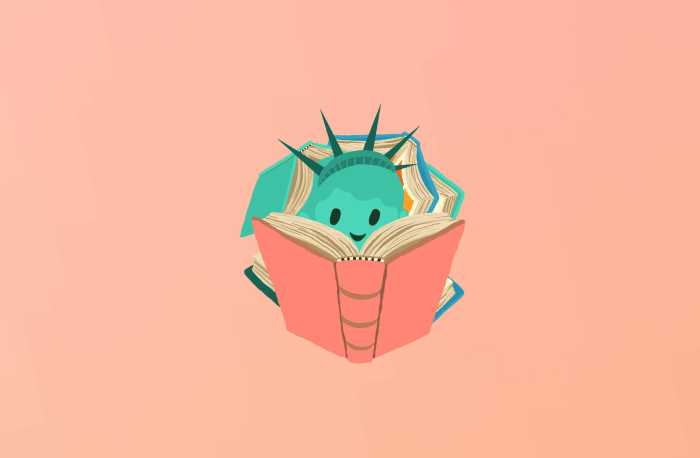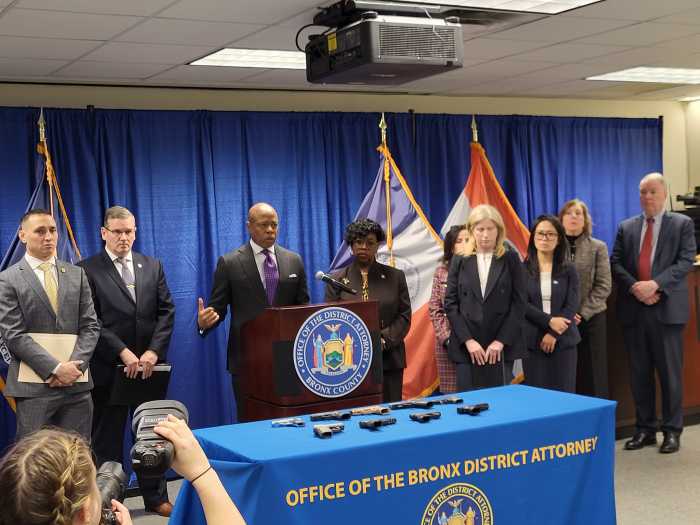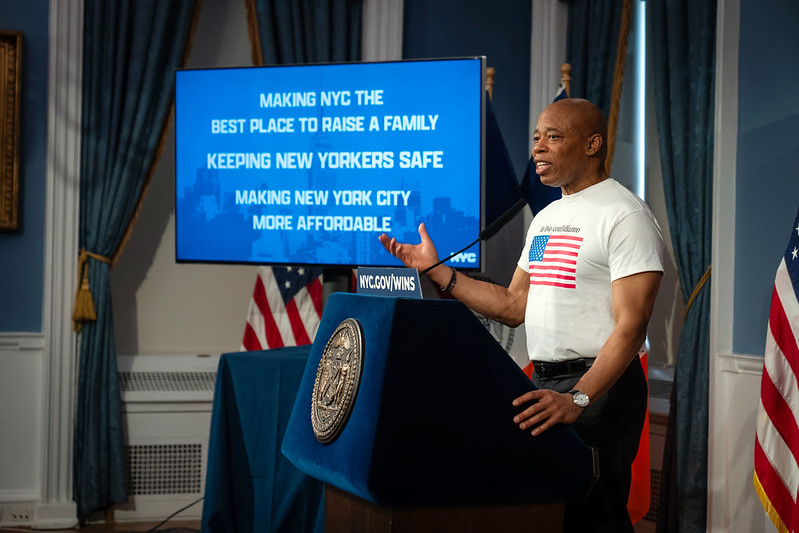Every Valentine’s Day homes and businesses dress up their decor with cupids and hearts to celebrate a day all about love and affection. The heart shape has been used to symbolically represent the human heart as the center of emotion and romantic love. Hearts symbolizing love can be traced back to the Middle Ages.
Those familiar with human anatomy realize that an actual heart bares very little resemblance to the ideographic heart shape used in art and imagery. Similarly, the human heart really has nothing to do with human emotions. Despite this, there are many interesting components of the heart, and a man or woman truly cannot love or live without one.
The heart as an organ is relatively small in size. It is roughly the size of a fist and weighs only 11 ounces on average. Although diminutive, the heart is responsible for pumping 2,000 gallons of blood through 60,000 miles of blood vessels each day. It accomplishes this by beating 72 times a minute in a healthy adult. All of the cells in the body receive blood except for the corneas in the eye.
The heart works harder than any other muscle in the body. In a fetus, it begins beating at four weeks after conception and will not stop until a person’s time of death. Even then, sometimes the heart can be revived. A heart can also continue to beat outside of the body provided it has an adequate oxygen supply.
Although many people refer to all of the blood vessels in their body as “veins,” they’re actually a combination of veins and arteries. Veins carry fresh, oxygenated blood to the body through arteries. The main artery leaving the left heart ventricle is called the aorta, while the main artery leaving the right ventricle is known as the pulmonary artery. Blood traveling back to the heart flows through veins after it has passed the lungs to pick up oxygen. The thumping noise that is heard while the heart is beating is actually the chambers of the heart closing and opening as blood flows through.
While the heart may not be the cornerstone of emotions, it can be affected by feelings. Studies have shown that a “broken heart” is a real occurrence, according to Live Science. Bad news or a breakup with a loved one can put a person at increased risk for heart attack. This type of trauma releases stress hormones into the body that can stun the heart. Chest pain and shortness of breath ensue but can be remedied after some rest.
Conversely, laughter and positive feelings can be beneficial for the heart. Research has shown that a good laughing fit can cause the lining of the blood vessel walls — called the endothelium — to relax. This helps increase blood flow for up to 45 minutes afterward.
Although having a big heart colloquially means that a person is loving and goes out of his way for others, physically speaking, a big heart is unhealthy. An enlarged heart can be a sign of heart disease and compromise the heart’s ability to pump blood effectively. Left untreated, it can lead to heart failure.
There is good reason to get amorous with a loved one on Valentine’s Day or other times during the month. Being intimate can provide a physical workout, in some instances doubling a person’s heart rate and burning up to 200 calories. That’s the equivalent of a brisk 15-minute run. Also, a study of 2,500 men aged 49 to 54 found having an orgasm at least three times a week can cut the likelihood of death from coronary disease in half, according to The New England Journal of Medicine.
The heart is an amazing organ responsible for sustaining life. Although it is not directly tied to love and emotions, without the heart such feelings wouldn’t be possible.























